How to protect plants from heat: 7 clever ways to beat the hot weather
These methods for how to protect plants from heat will ensure hot weather won't take its toll on garden plants
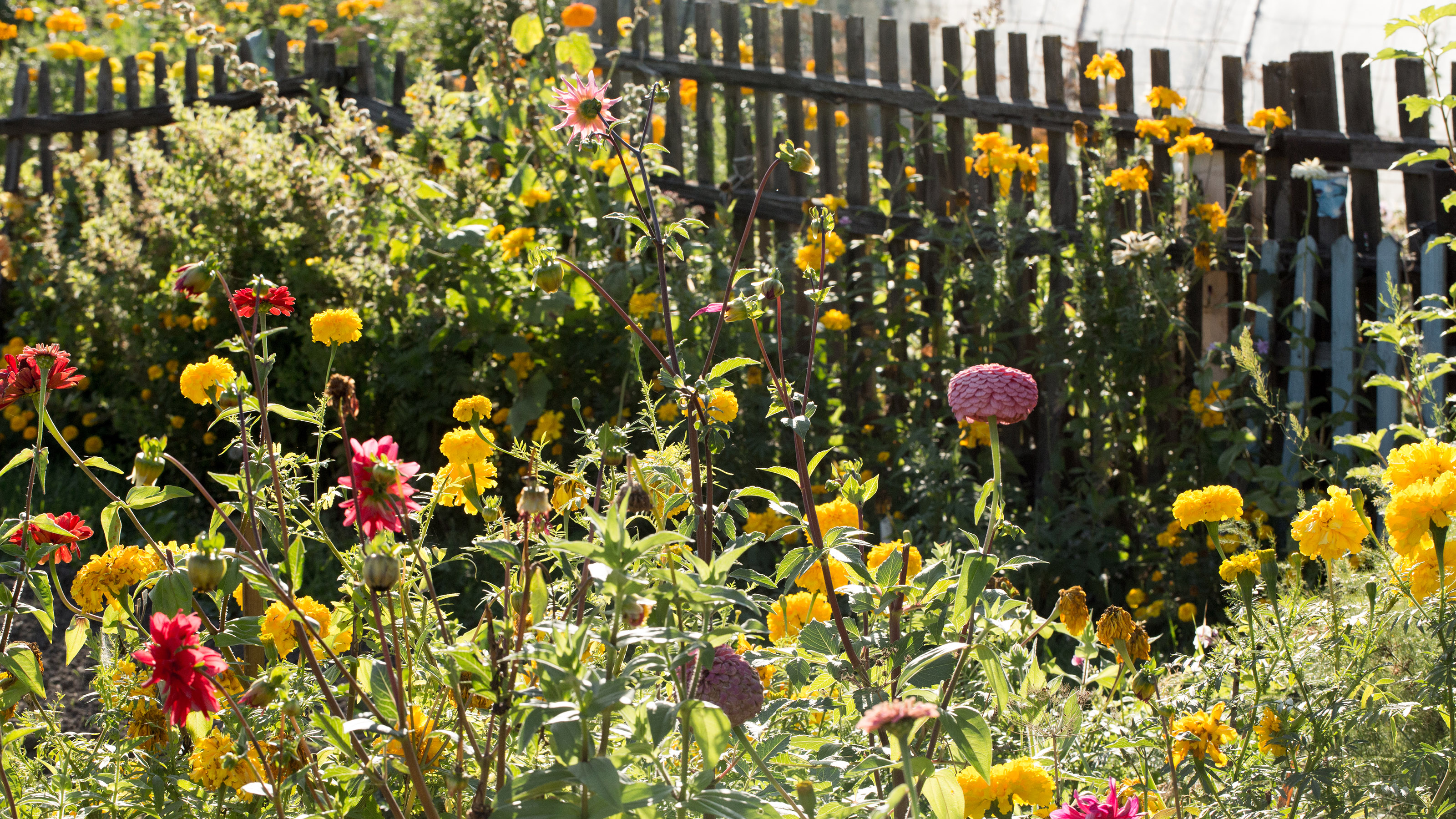

Ensuring we know how to protect plants from heat will prevent our beautiful gardens being destroyed during prolonged periods of hot weather. We guard our plants against cold and frost, wind and drought, so heat should be no exception.
All climate zones in the United States have a particular range of plants that thrive within the temperature ranges of each region. But when the mercury rises to and above the upper temperature limits of those zones for prolonged periods, heat stress will occur.
Plants can’t move to a shady spot to escape extreme heat like animals and humans can, so it’s important to look out for early signs of heat stress and take action to minimize damage.
Wilting is usually the first sign – soft-stemmed plants like herbaceous perennials, annuals and edibles are vulnerable, as are new plants and plants in pots. Heat stress also presents itself as leaf drop – trees and plants will shed their leaves in order to try and conserve water. This is commonly seen with houseplants that are too hot in a conservatory during summer.
It's likely that plants will recover during the cooler part of the day and any wilting will be temporary. But heat stress for longer periods, particularly if nighttime temperatures remain high, or there is insufficient shade for patios to protect your pots and planters throughout the day, can permanently wilt a plant and it will not recover despite your best efforts to revive through watering.
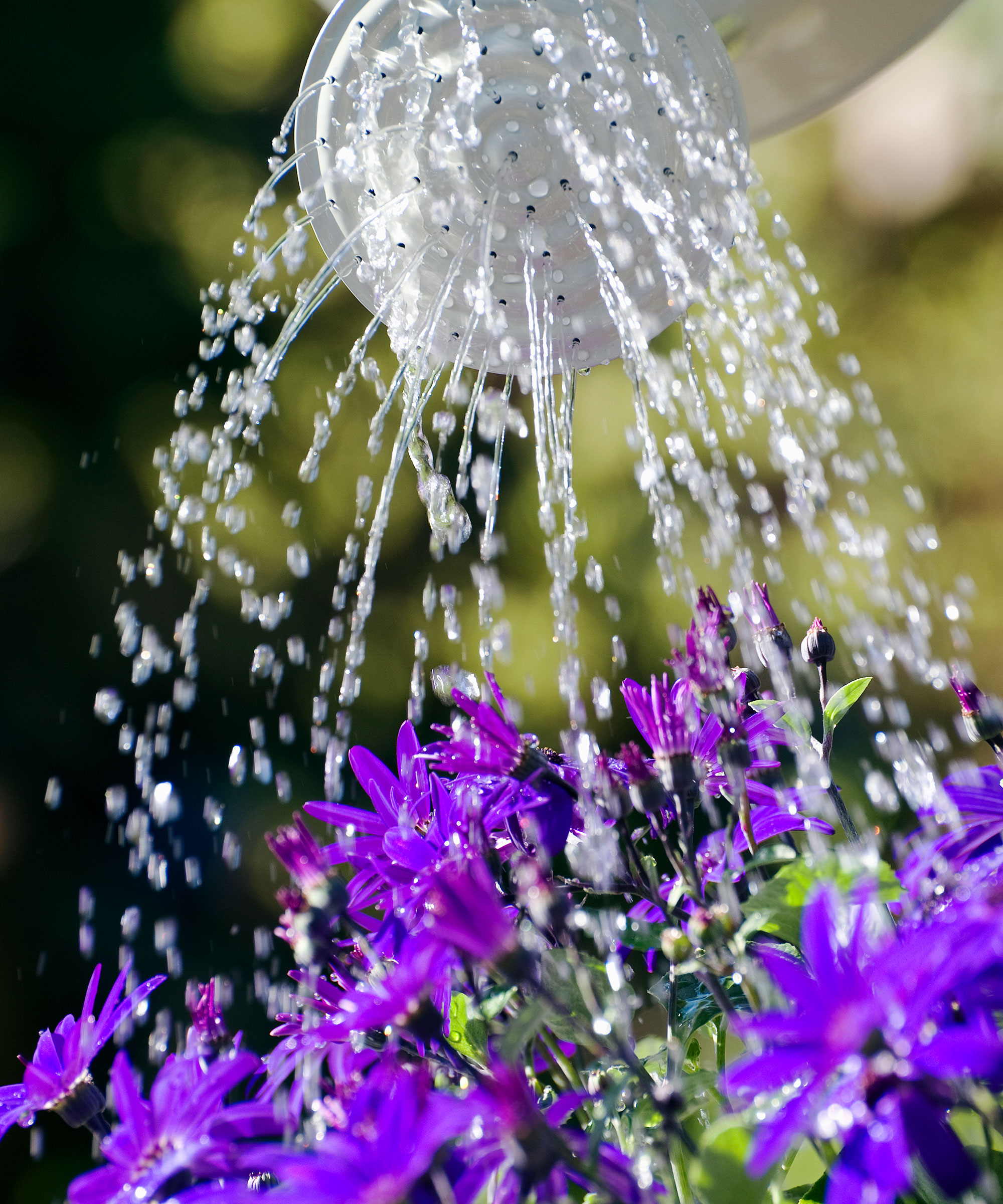
7 simple methods for how to protect plants from heat
Learning how to protect plants from heat is more important now than perhaps it ever was. 'Heatwaves occur periodically as a result of natural variability in temperature, but climate change is increasing the frequency and intensity of heatwaves,' says Erica Fleishman, Director of Oregon Climate Change and Research Institute.
Gardeners are going to have to be more vigilant when it comes to protecting their plants during the growing season. Having as much shade as possible by considering measures like simple awning ideas, will also help guard plants against longer periods of heat.
1. Choose the right plant for the right place
Use the recommended plants for your USDA climate zone and soil type, focussing on the best drought-tolerant plants and natives. Varieties like ceanothus, Californian poppies, dwarf pines, achillea (yarrow), gaillardia (blanket flower) and perovskia (Russian sage) will cope well with drought and heat.
Northern favorites such as tulips, and climbing plants like roses and clematis, which are ideal plants for your pergola ideas, can survive in zones 9-11 (Texas, California, Louisiana, Florida). But choose a site that is protected from the scorching afternoon sun and try to keep the soil evenly moist (using smart watering techniques).
Alternatively, wait for the slightly cooler winter and spring months in these zones, and grow cool-climate crops and flowering annuals instead.
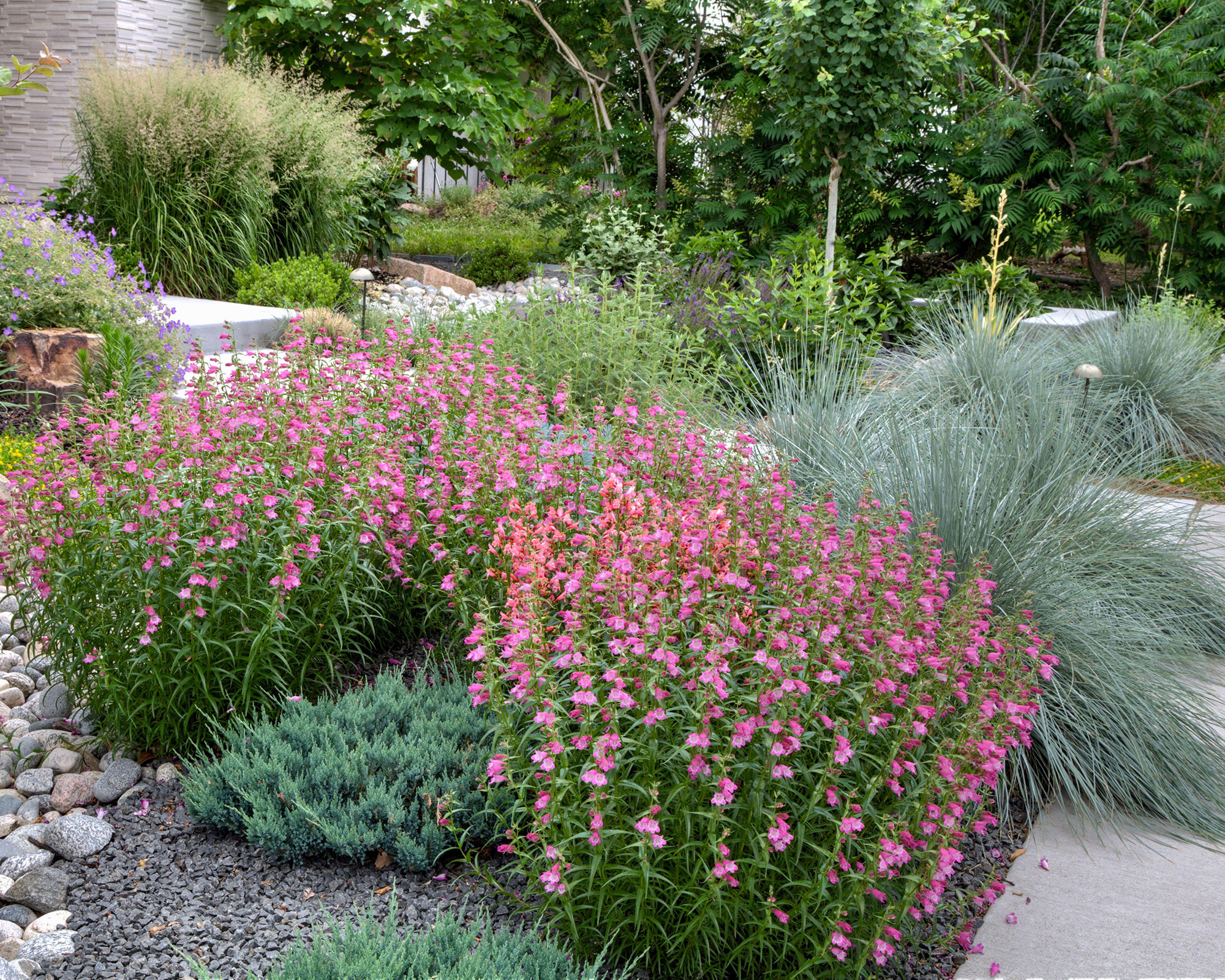
Choose drought-tolerant perennials combined with ornamental grasses which will withstand hot temperatures
2. Mulching makes so much sense
Mixing organic matter such as well-rotted manure or garden compost into soil will help it retain moisture, and mulching on the surface with composted bark or wood chippings will help to lower the soil temperature and keep temperatures more even. It also helps to decrease evaporation of moisture from the soil.
Mulching is especially effective around shallow-rooted plants like cherry trees, boxwood, and hydrangea, as well as young plants that are more likely to face damage if the top zone of the soil is dry. Mulching can be done any time of year, but if you’re going to apply it in summer, water your flowerbed prior to mulching to help lock in moisture.
Not sure on the benefits of compost vs mulch? Our guide explains it all.
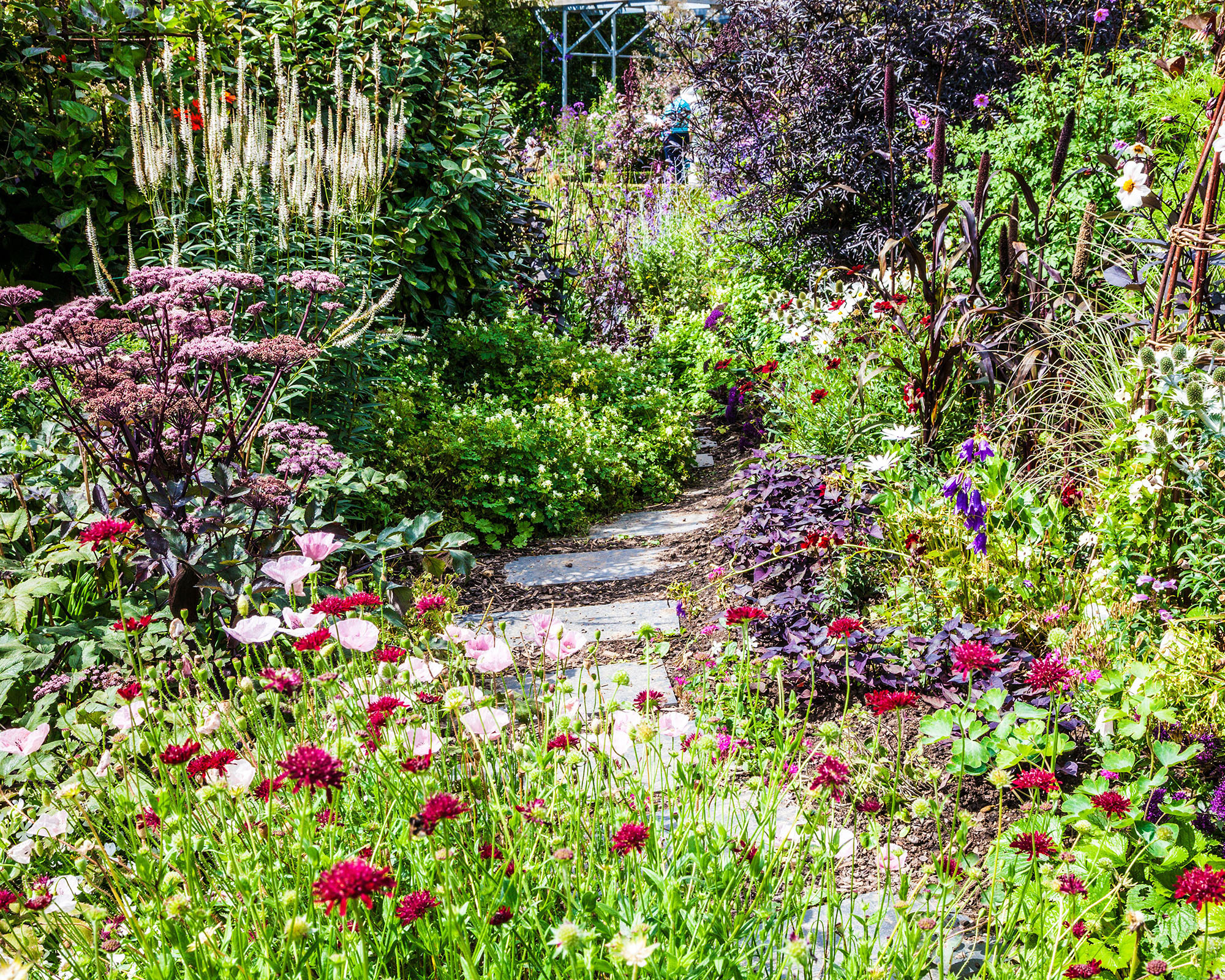
Mulching around plants in your borders will retain essential moisture during hot spells
3. Water, but do it correctly
Knowing how to protect plants from heat by watering them correctly will mean you're keeping them alive without wasting water. Watering plants deeply by aiming the hose at the base of the plants, so the water reaches the root zone directly, is the best method. Spraying water on leaves is not an efficient way to water and can cause scorching on the leaf surface.
A great water saving tip is to do your watering in the morning, but if plants show signs of wilting from heat throughout the day, water them as soon as possible. New plants and plants in garden planters will need more watering than well-established plants. Check the soil regularly and water if it’s dry at finger depth.
Self-watering systems, such as drip and soaker hoses, are worth investing in, even if you have a small backyard. They will save you time, money and water, and you can control them with smart phone technology – handy when you’re on vacation.
Finally, make sure you're using the best garden hose you can, so you don't lose precious water to leaks.
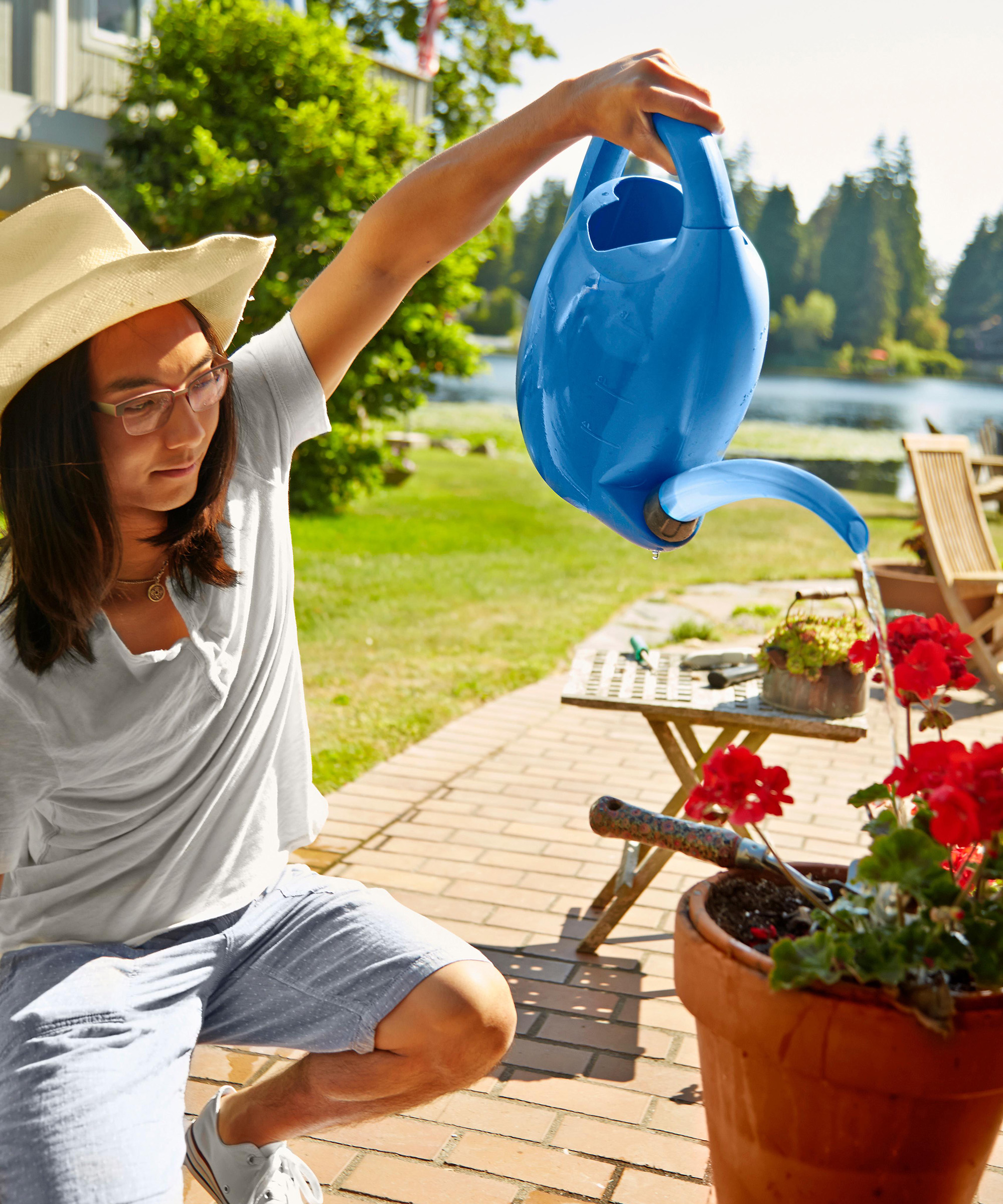
Be sure to water container plants more often during hot weather
4. Nurture new plants like their lives depends on it (they do!)
It’s all too easy to make impulse purchases at garden centers in summer when plants are in flower and looking pretty. But shopping during periods of prolonged heat and drought comes with a few caveats once you get them home.
When you get home, don’t leave your summer purchases languishing on a hot, sunny patio in their flimsy plastic containers. This is sure-fire way to lose them if the weather is super-hot. Keep them in a shady spot and water them everyday until the weather is cooler and more suitable for planting.
It's advisable not to put new plants in during hot weather if you're about to take a trip. Unless of course you've looked into ways of watering plants while away on vacation. If the weather is at normal summer temperatures for your region, you can plant them in the ground straight away – just keep on top of watering while they establish.
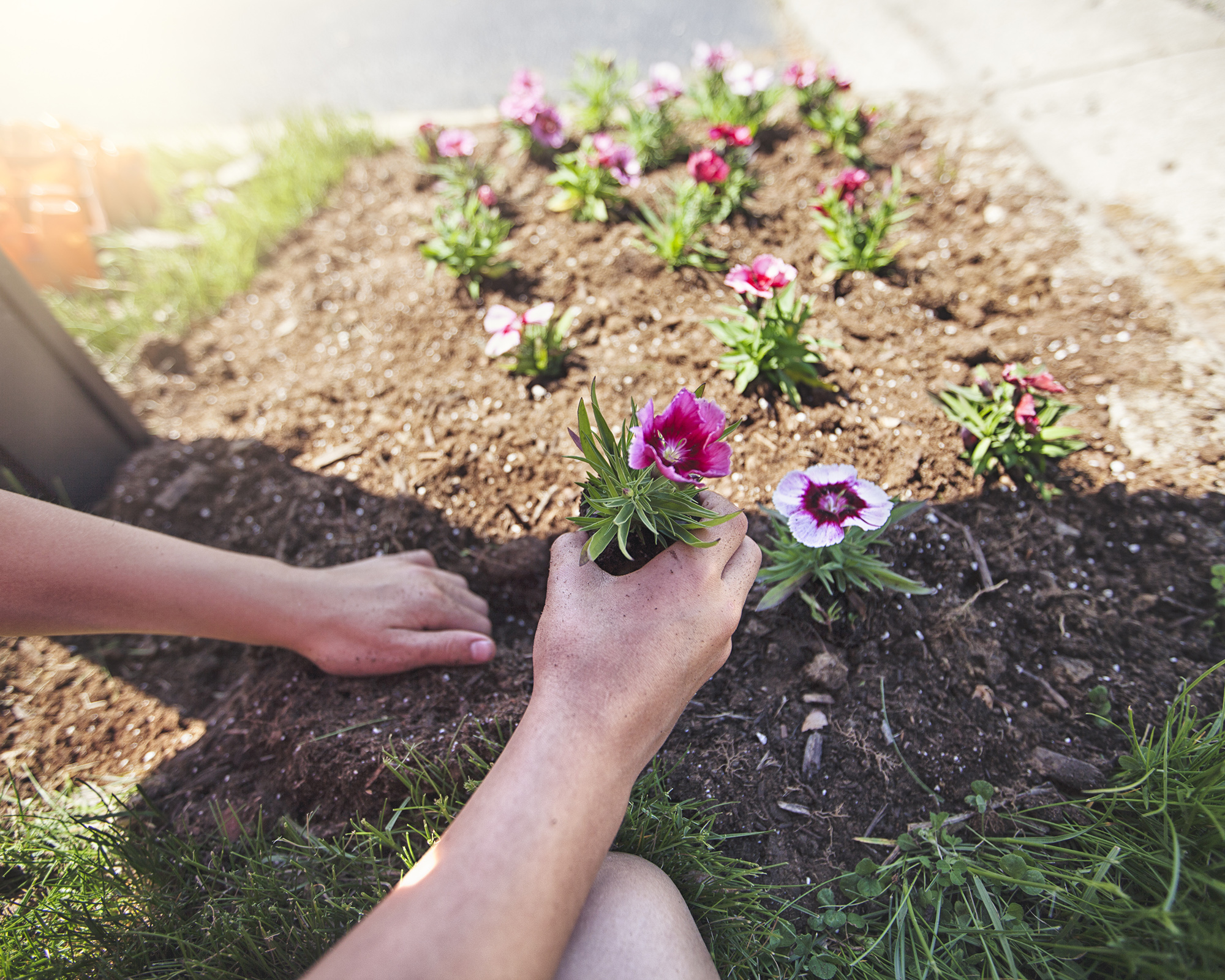
If buying new plants be sure to nurture them carefully to ensure they don't perish in heat
5. Create shade to protect your plants from heat
Heat-proof your backyard by installing wooden structures like garden arbors, trellis or pergolas. When covered with drought-tolerant climbers like passionflower, grapevine or jasmine, they’ll create cooler zones for plants, pets and people.
In a greenhouse, apply shade paint to the windows (or use shade blinds) and keep the doors and overhead windows open for ventilation. Temporary shade can be created by putting up a parasol or shade sail over patio plants in late morning through to the end of the day.
Alternatively, move pots out of intense afternoon heat to somewhere shady, like under your deck shade. Pot wheels make it easy to shift your containers around.
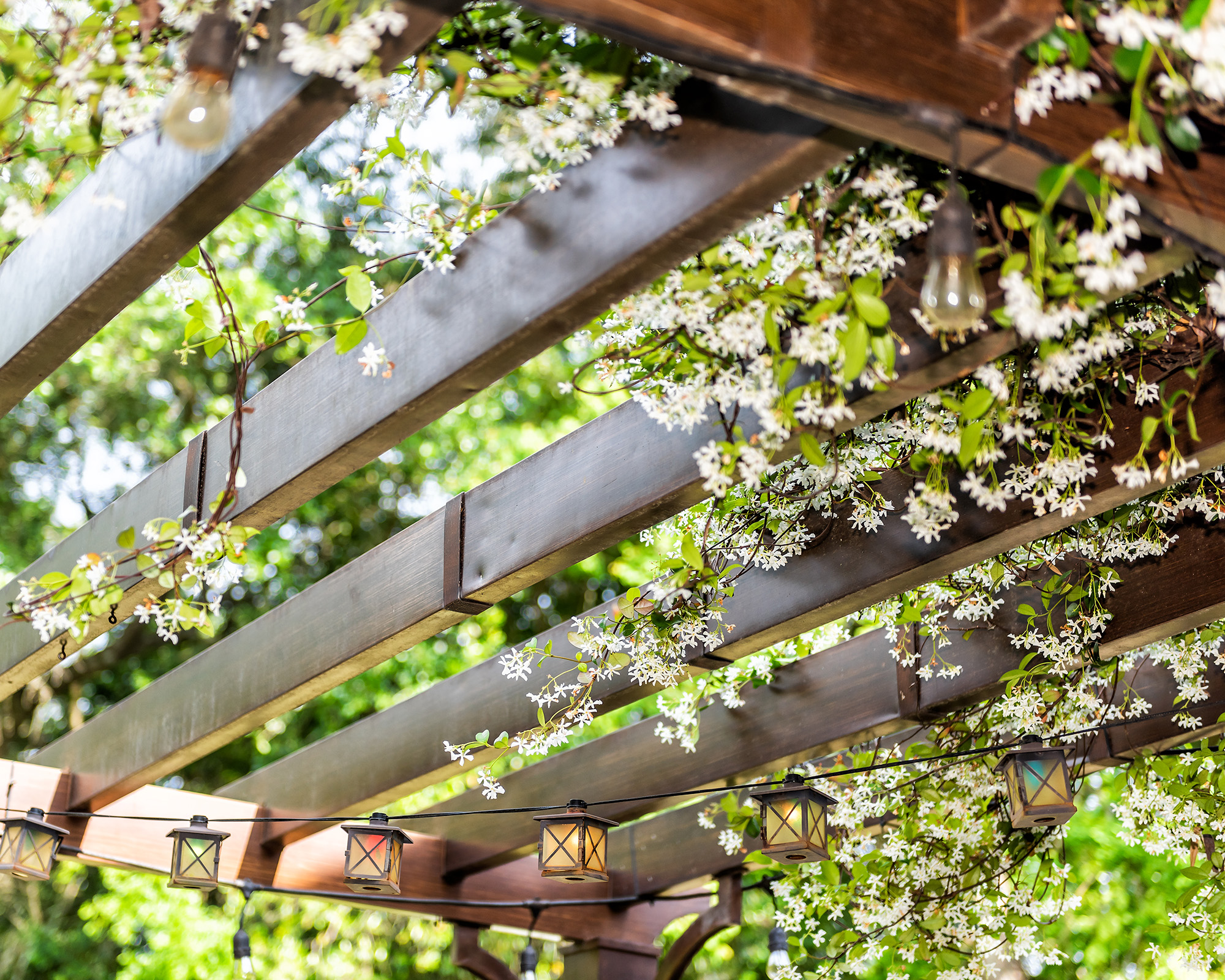
Why not shade your plants with plants! Train sun-loving climbers over pergolas to create a natural guard against the heat
6. Use ground cover plants to retain moisture
Not only do ground cover plants add interest and suppress weeds, they help to retain moisture in the soil and absorb heat. Even better choose low-maintenance ground cover plants, usually evergreen, that provide dense, rapid cover over your heat-exposed soil. Some grow like a mat (sedum) and others grow individually, but you can plant them close together, Festuca glauca for example.
Top ground cover for sunny areas include, Phlox subulata, Cerastium tomentosum (snow-in-summer), Callirhoe involucrata (winecup), prostrate rosemary, and Vinca minor (periwinkle). Water them well during dry periods and keep the area weed free for the first couple of seasons while they are establishing.
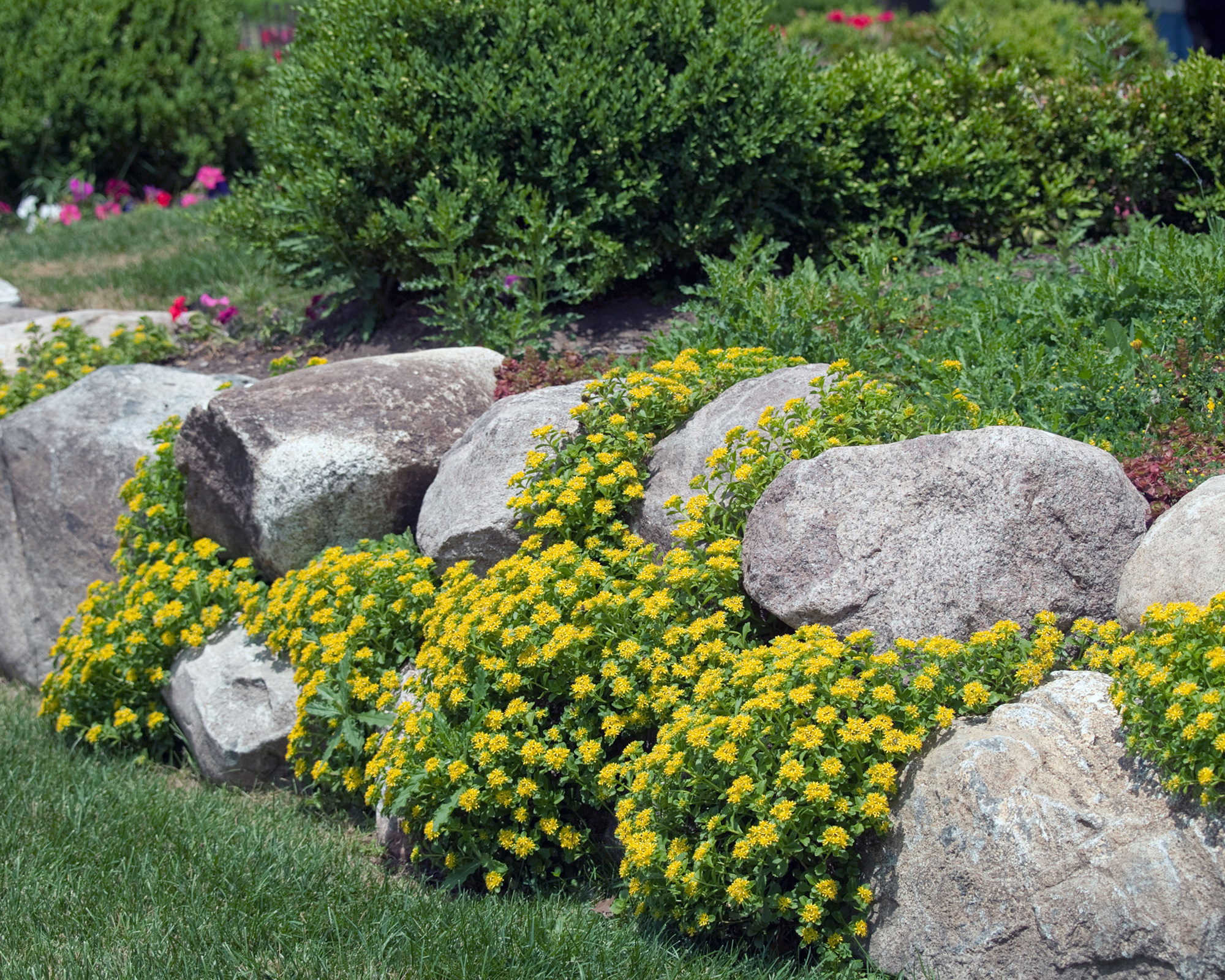
Growing ground cover plants will help keep soil cool
7. Plan a dry garden
Drought tolerant landscaping ideas are the perfect choice if you have very free-draining, poor soil with borders that are in full sun. They are also a great choice if you live in a region that receives little rainfall – dry gardens usually include plants from the Mediterranean, where yearly rainfall is only around 20 inches.
Because you never need to water a dry garden, they’re also a good low maintenance option and eco-friendly choice if you’re concerned about water consumption.
Choose small-leaved plants, silvery foliage and succulents such as lavender, santolina, Verbena bonariensis and sedum as these will cope well with drought conditions. There are also many different types of ornamental grasses that are drought tolerant, like miscanthus, Stipa gigantea and pennisetum.
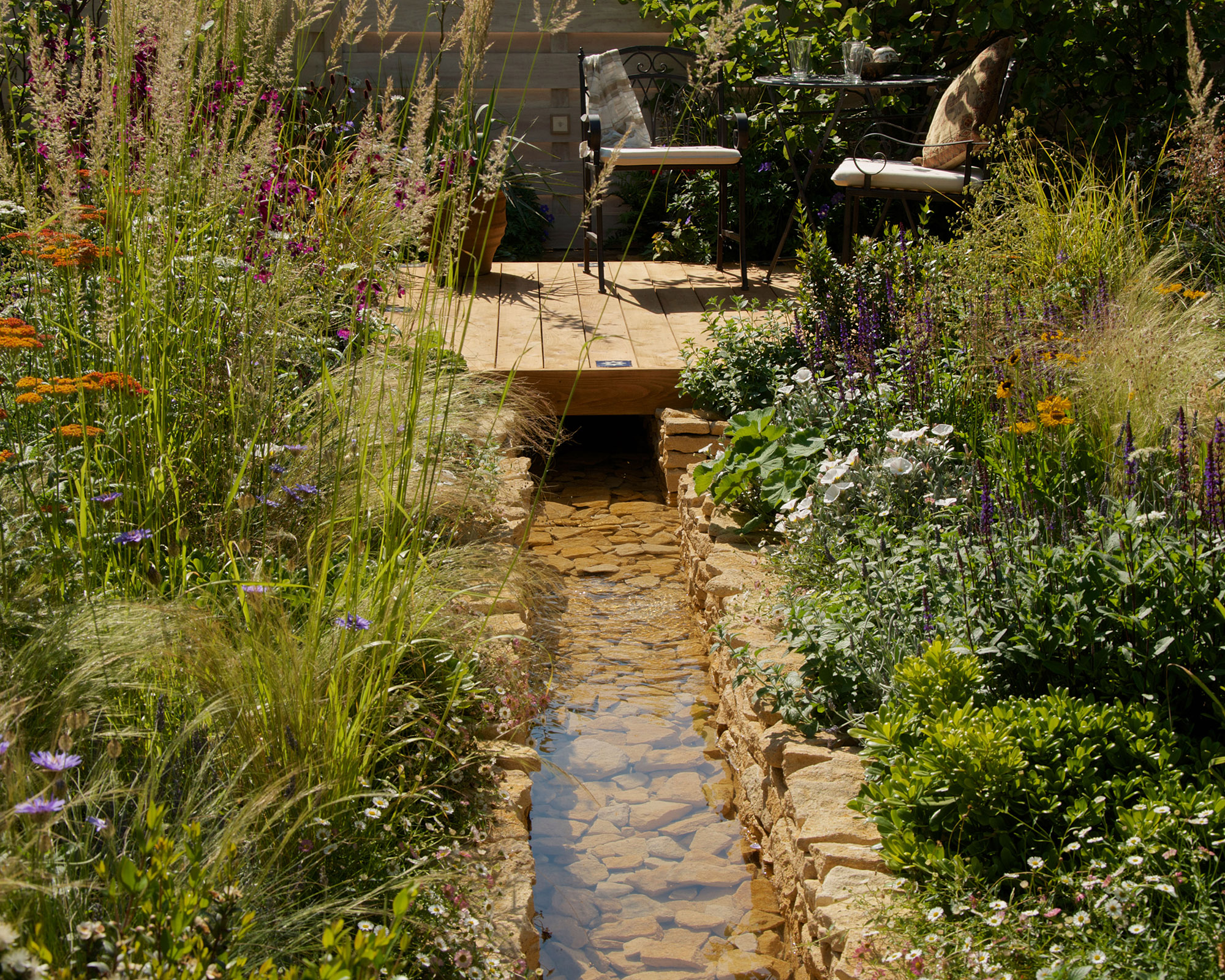
Plants with smaller leaves are generally more resistant to heat
How hot is too hot for plants?
Heat stress occurs when temperatures are above a given threshold for a region over a number of days, and without sufficient knowledge on how to protect plants from heat, this will cause damage to plant function and growth.
The number of days and the threshold vary among regions. In Boston in the US, for example, prolonged periods over 80˚F (27˚C) are going to stress trees and other plants. In Texas, where warm summer weather is the norm, the risk of heat stress to plants occurs at 85˚F (30˚C) and over.
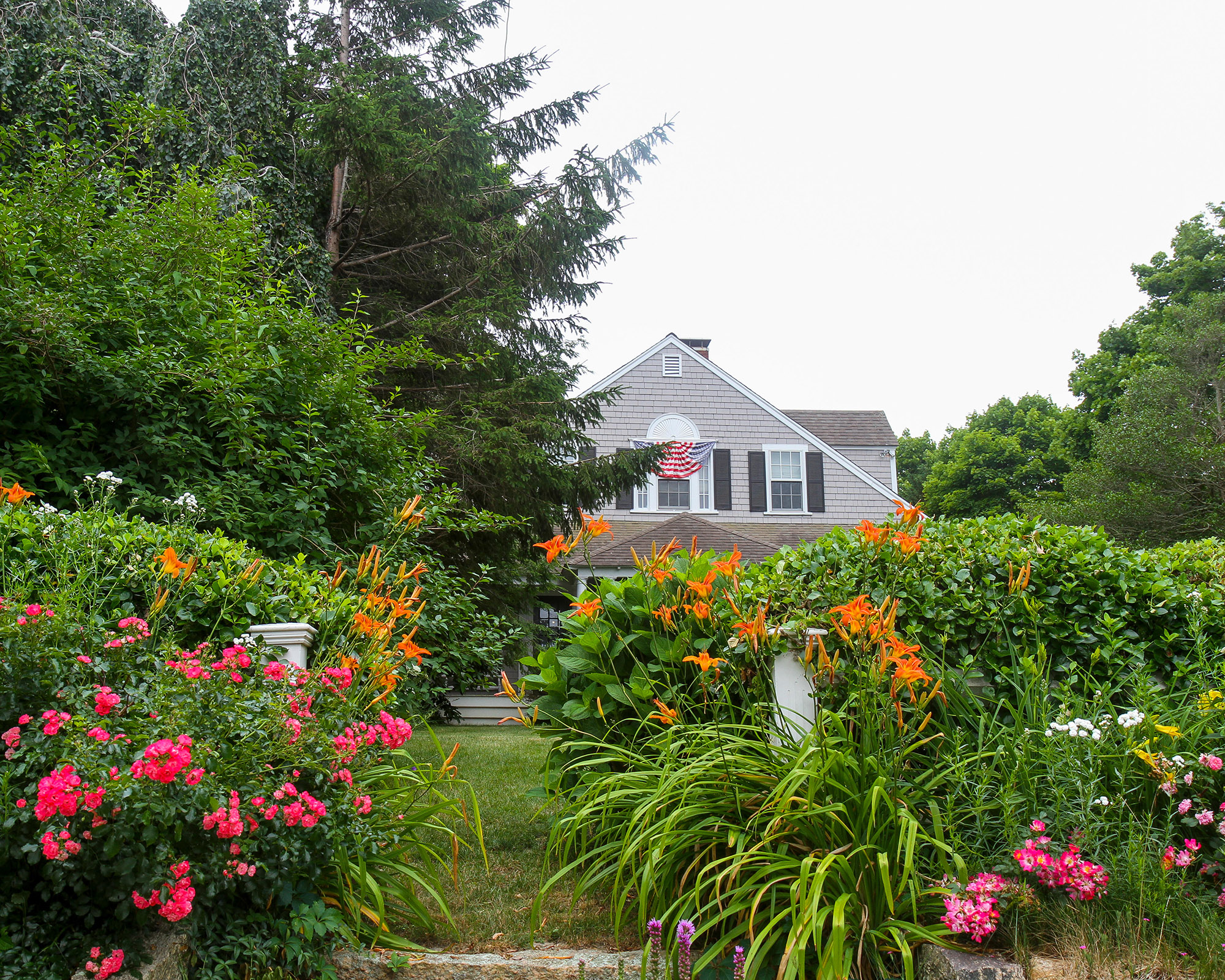
Keep a lookout for wilting leaves, as a sign that a plant is heat stressed
How do I know if my plants are too hot?
Wilting is the first sign of heat stress. Other signs are leaves and flowers dropping, leaves rolling and dry brown edges. Complete browning of leaves could mean the plant has passed the point of no return. Plants can be saved if tell-tale signs are spotted early enough.
Acer, camellia, and lonicera are particularly prone. Tomatoes, peppers, beans and melons can drop their flowers, while broccoli and lettuce will bolt (plants flower and set seed prematurely). Heat stress also increase a plant’s vulnerability to pests and diseases.

Working at a garden center when she was 23, Sally realised straight away the therapeutic power of being around greenery and nurturing plants. She's horticulturally trained to degree level and has worked on gardening magazines for over a decade. Sally now gardens in Bournemouth, UK, zone 8a (H5).
